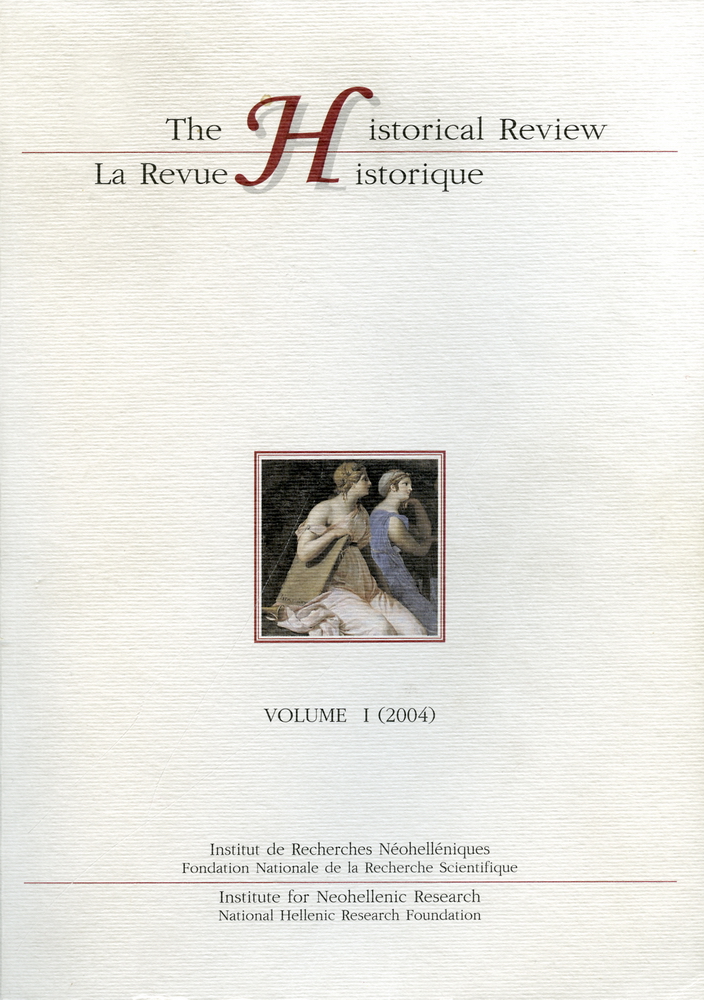The History of a Sixteenth-century Greek Type Revised
Abstract
This article attempts to study the history of a sixteenth-century Greek type in Italy. The type was produced under the auspices of Cardinal Marcello Cervini who wished to publish some of the manuscripts from the Vatican Collections. Cervini commissioned the Roman printer Antonio Blado to be in charge of the project. Since Blado did not own Greek type and had no experience with Greek he invited Stefano Nicolini da Sabbio, the noted printer of Greek in Venice, to come to Rome and take charge of the cardinal's project. The scholar-scribe Nikolaos Sophianos also joined the project along with Benedetto Giunta, a bookseller in Rome who represented the cardinal. The Greek font designed and cut for this project appeared in several works in Rome and was designated by scholars as Greek 1. To this day nobody has been able to match Greek 1 with the handwriting of any of the scribes working in Italy during this period. When the association of Sophianos with the cardinal's project came to an end, Greek 1 became very much in demand and was used by a number of well-known printers in Rome, Florence and Venice. It required a series of legal actions to prove that Greek 1 belonged to Sophianos who finally took possession of his type and other equipment. He used it to print a number of publications. The type later passed into the hands of Vasileios and Hippolitos Valeris and later to some other minor publishers of Greek liturgical books. It was still in use as late as the mid-1580s.
Article Details
- How to Cite
-
Layton, E. (2005). The History of a Sixteenth-century Greek Type Revised. The Historical Review/La Revue Historique, 1, 35–50. https://doi.org/10.12681/hr.169
- Issue
- Vol. 1 (2004)
- Section
- Articles
The copyright for articles in this journal is retained by the author(s), with first publication rights granted to the journal. By virtue of their appearance in this open access journal, articles are free to use with proper attribution in educational and other non-commercial sectors. The Historical Review/La Revue Historique retains the right to publish papers that appear in the journal in collective volumes published by the Institute for Neohellenic Research/National Hellenic Research Foundation.
Sample acknowledgement: Reprinted with permission from the author. Original publication in the The Historical Review/La Revue Historique www.historicalreview.org
This work is licensed under a Creative Commons Attribution-NonCommercial-ShareAlike 4.0 Greece License. To view a copy of this license, visit http://creativecommons.org/licenses/by-nc-sa/4.0/ or send a letter to Creative Commons, 543 Howard Street, 5th Floor, San Francisco, California, 94105, USA



